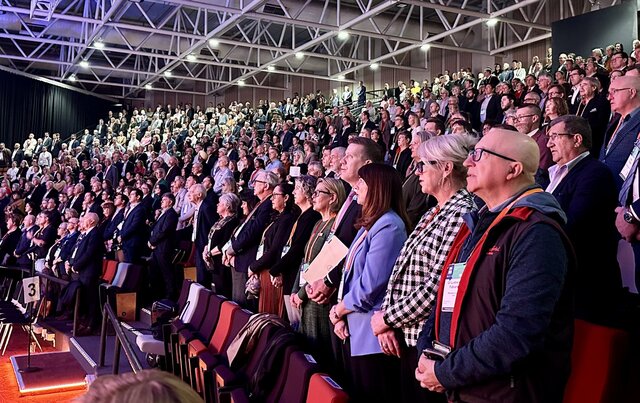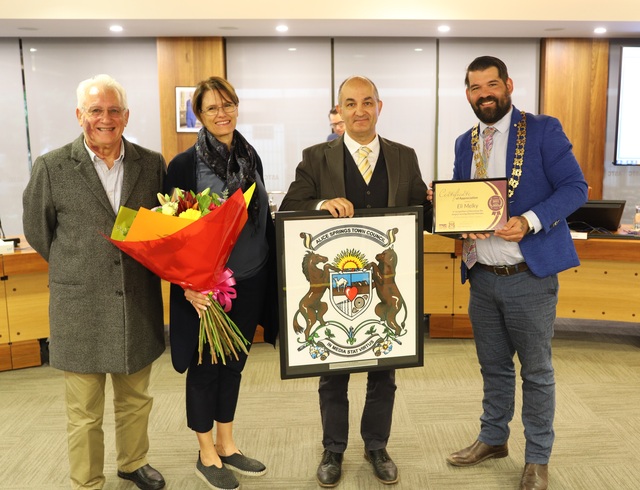An interview with Shane Crawford, Governance Manager, Devonport City Council, Tasmania
With difficulties in attracting specialist employees likely to continue as an ongoing challenge for councils, the commencement of training and development programs with people in the wider community as early as possible is the key, according to Devonport City Council’s Manager Governance, Shane Crawford.
“Local Government must promote the fact that it offers viable career opportunities, with significant room to develop and advance,” he said.
As such, Devonport has embarked on a Careers in Local Government Program, working with students as young as Year 10 to promote the opportunities that exist within councils.
To compliment the education and information relating to Local Government, students undertake activities and projects, and even attend Council meetings, ultimately learning more about the different roles that are available.
“It is hoped that this type of program may attract students for work experience, traineeships and apprenticeships,” Shane Crawford said. “Not only does this benefit Council’s workforce, but it benefits the community as a whole, getting people interested in careers from a young age.”
“In addition, even if these students don’t end up working for Council, they gain a greater appreciation of what we do, understand some of the challenges and are more likely to contribute to Council activities, community groups and organisations later on.”
With greater expectations among employees for career development and additional opportunities, Shane Crawford said that training and development needs to focus on accommodating these needs.
“Training and development is critical for three reasons,” he said. “Firstly, for compliance and legal reasons, secondly to allow staff to enhance their skills in their current role, and thirdly to develop staff to take on future roles.
“Quite simply, increased career and development opportunities is one of a number of factors including remuneration and benefits, culture and morale, that if done effectively, will improve staff retention.”
He said with funding often unavailable for extensive training and development programs, and the fact that expenditure on training is generally one of the first things identified to be reduced when organisations are looking to save money, councils need to get smarter in the way training and development programs are delivered.
“Whether it be accredited or non accredited programs, we need to look at other opportunities, rather than just standard training,” he said.
“For example, looking to increase internal training sessions and introduce coaching and mentoring programs.
“It’s all about building the amount and effectiveness of training that is delivered, rather than the cost of it.
“Not only will staff be more equipped for their role, but the whole organisation benefits from improved knowledge and work culture, a positive working environment and greater job satisfaction, which overall contributes to better morale.”
Shane Crawford said training programs must be kept as relevant as possible to the staff member’s position.
“Often one or two elements of a standard training course will directly relate to the staff member’s role,” he said. “This needs to be maximised to ensure the outcome provides real and practical benefits to the workplace.
“In house or internal training courses are more likely to be job specific, but the resultant qualifications are mostly unaccredited.
“The best way to overcome this is to find an external organisation that is willing to work with council to develop a program to specifically suit its needs, rather than offering an off the shelf product or one size fits all.”







